

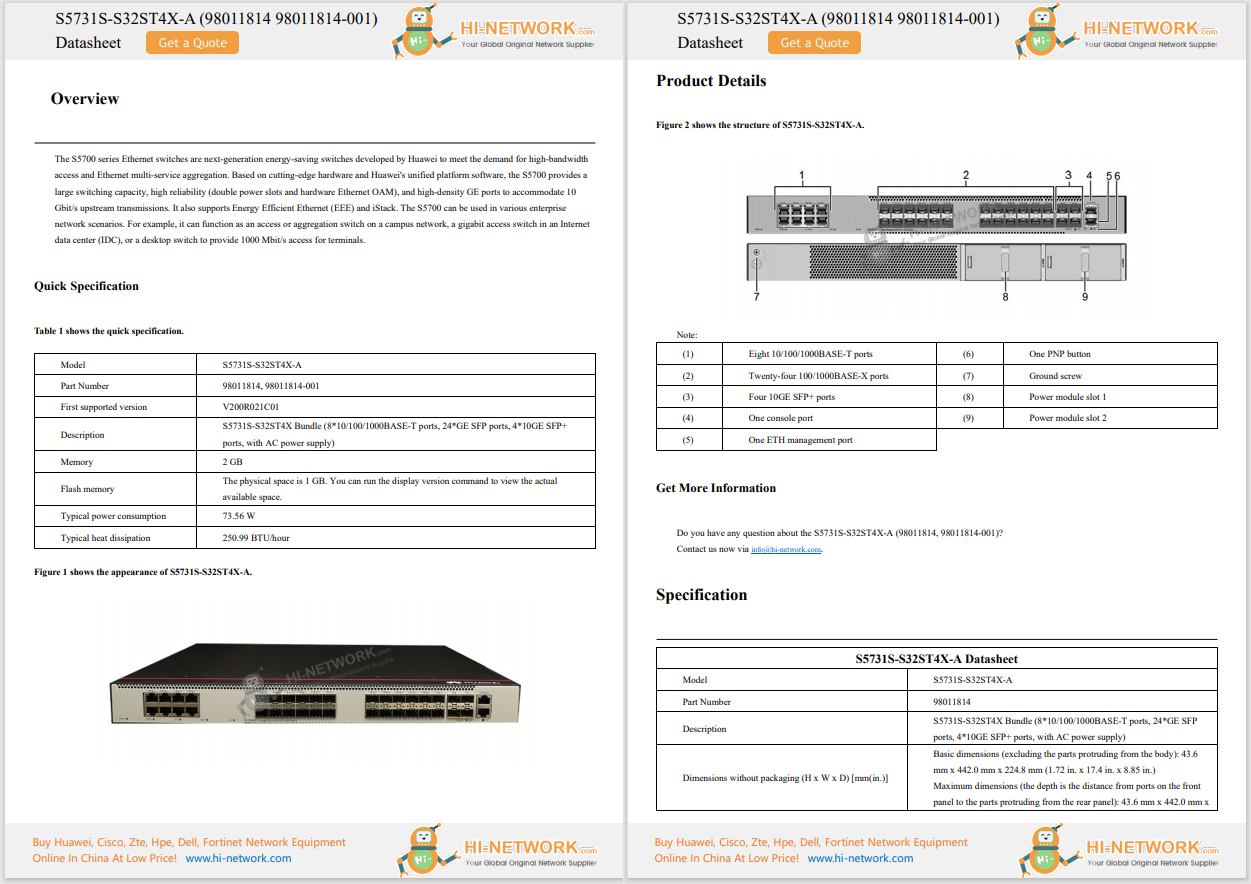
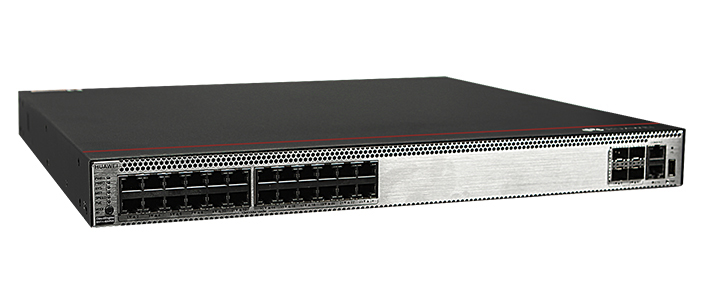
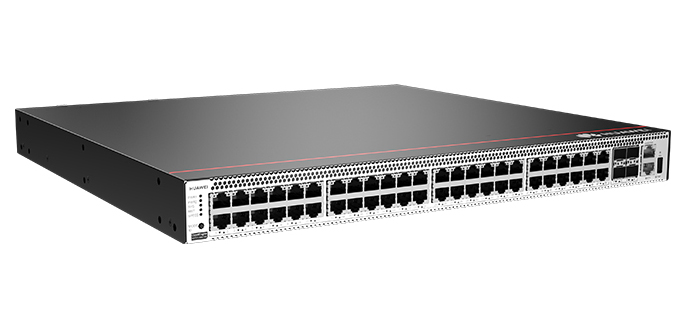
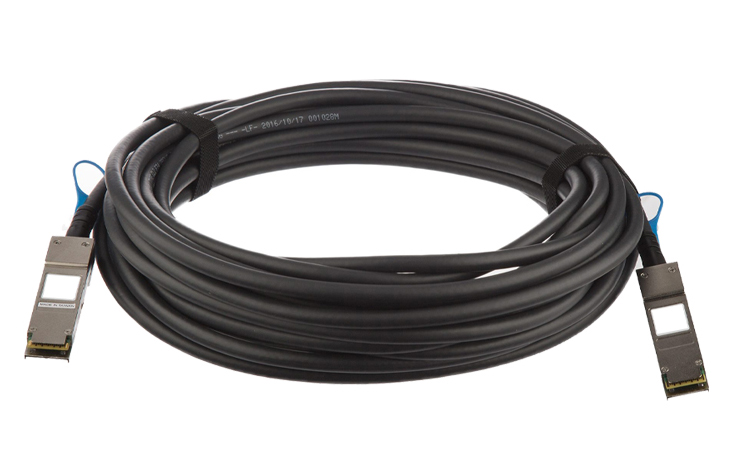
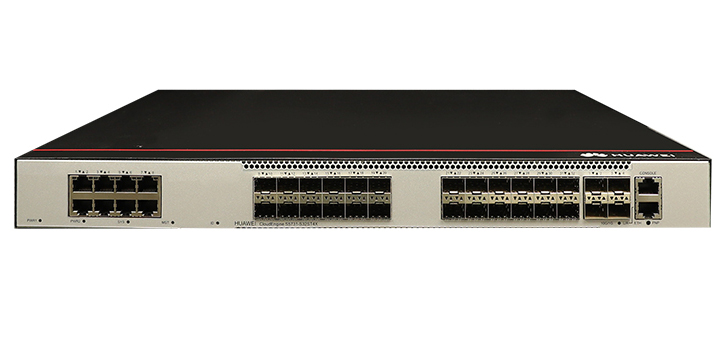
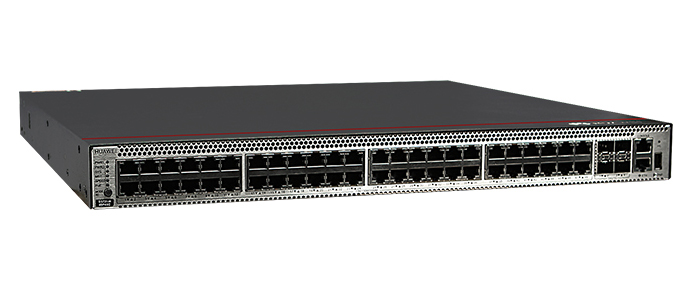
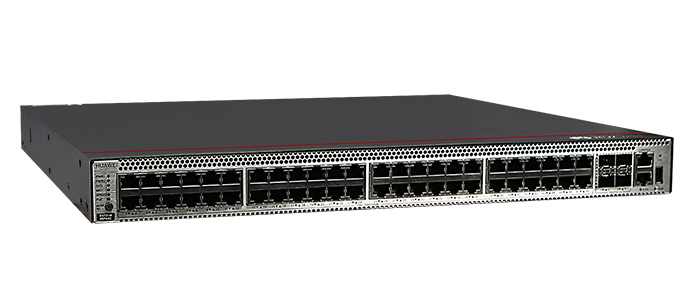

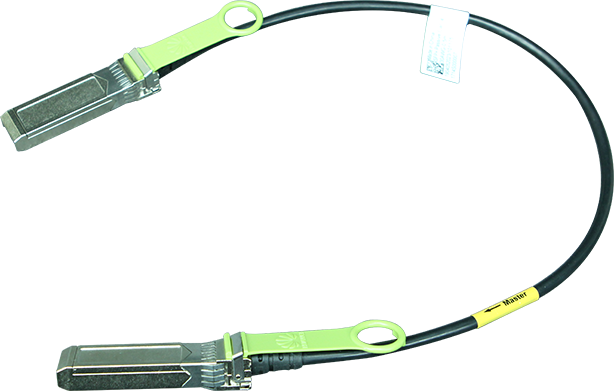
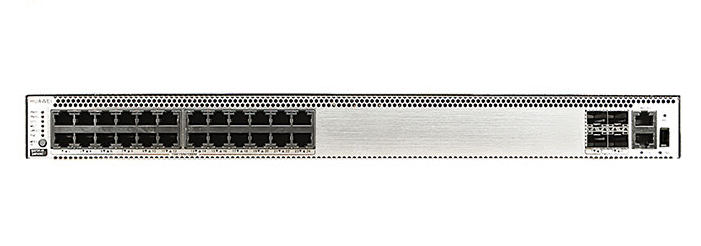
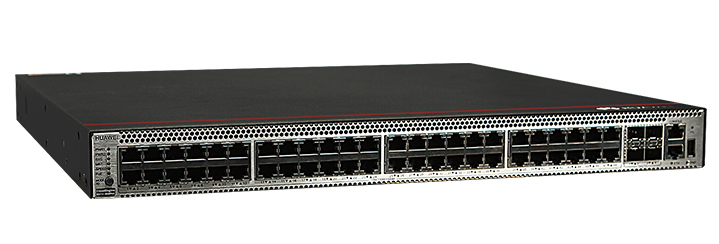
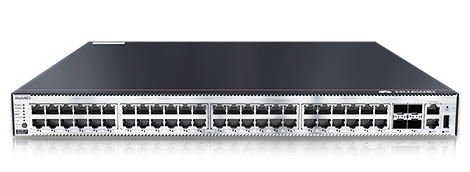

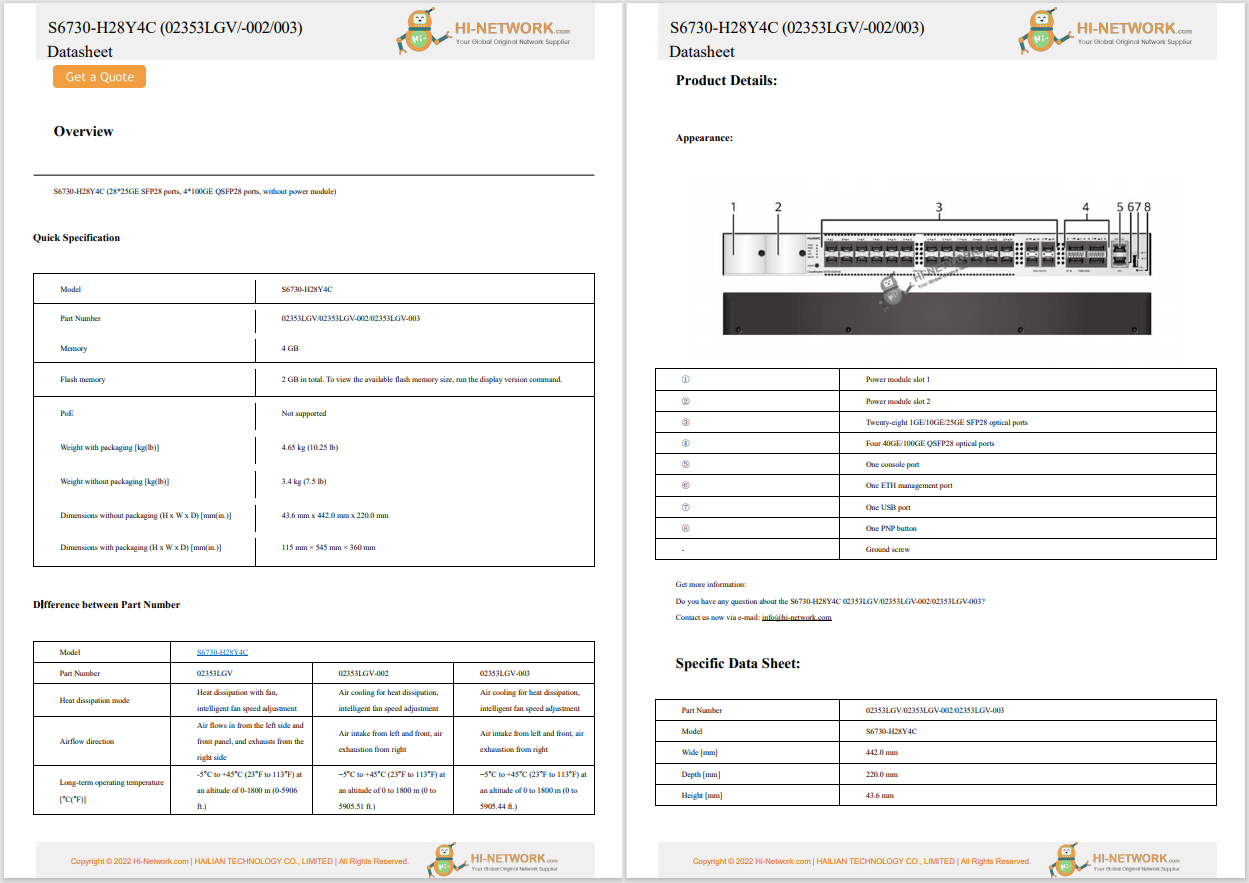

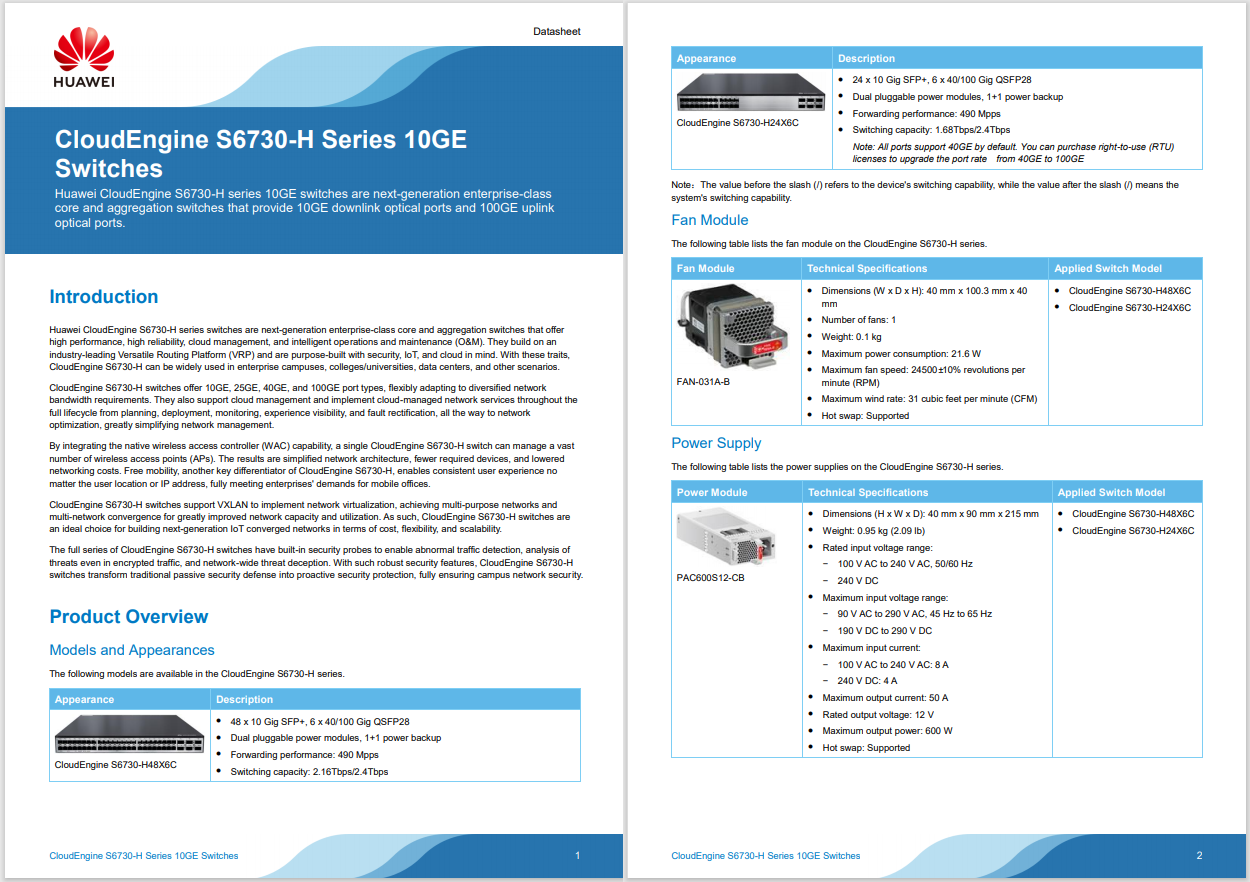
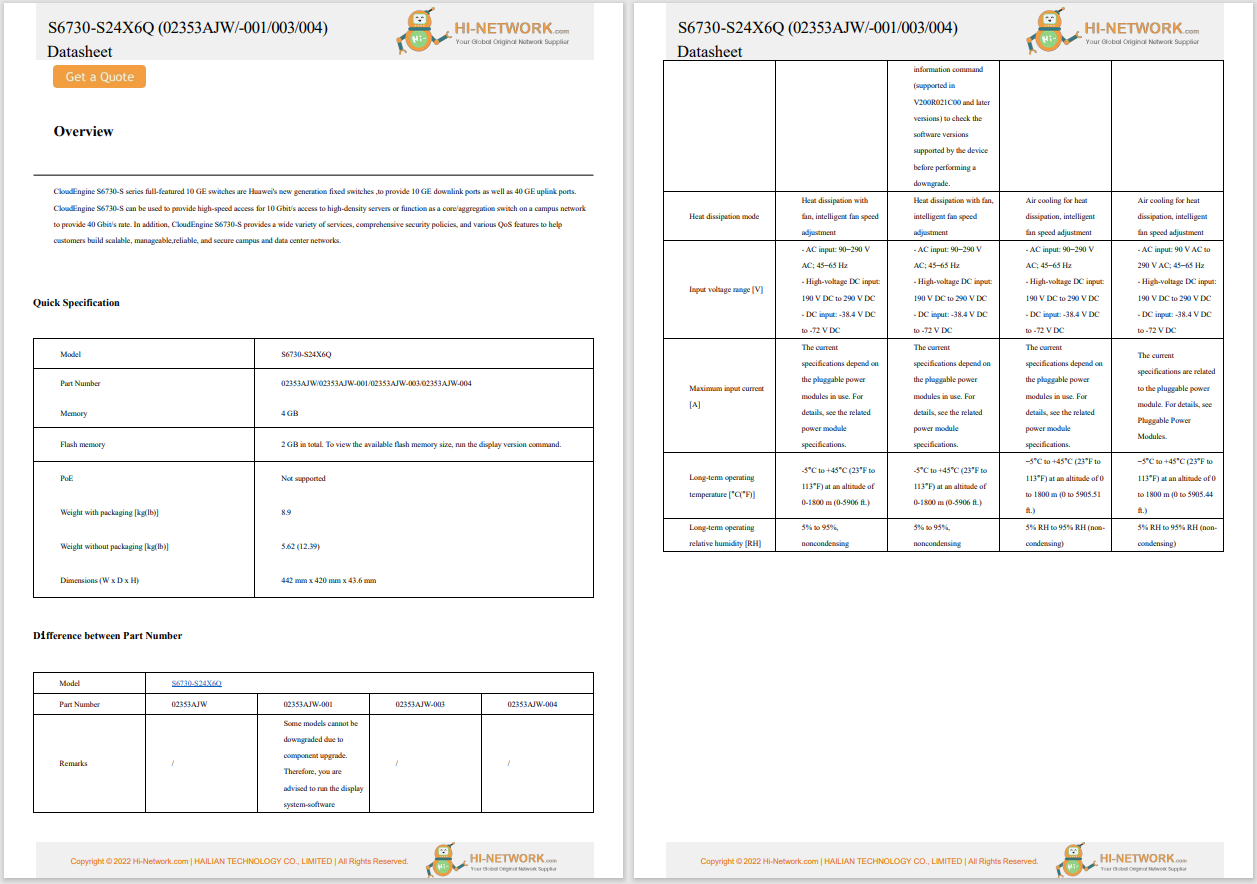

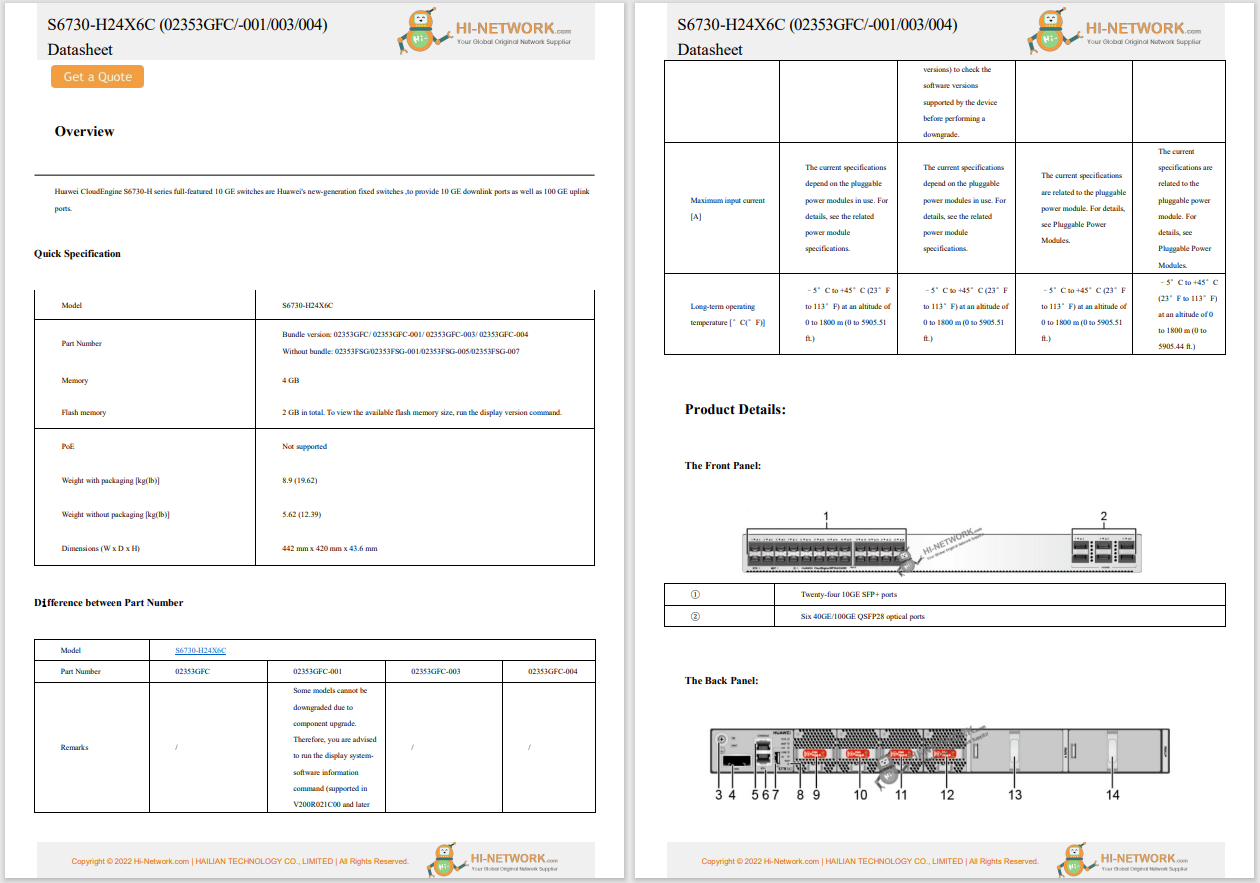

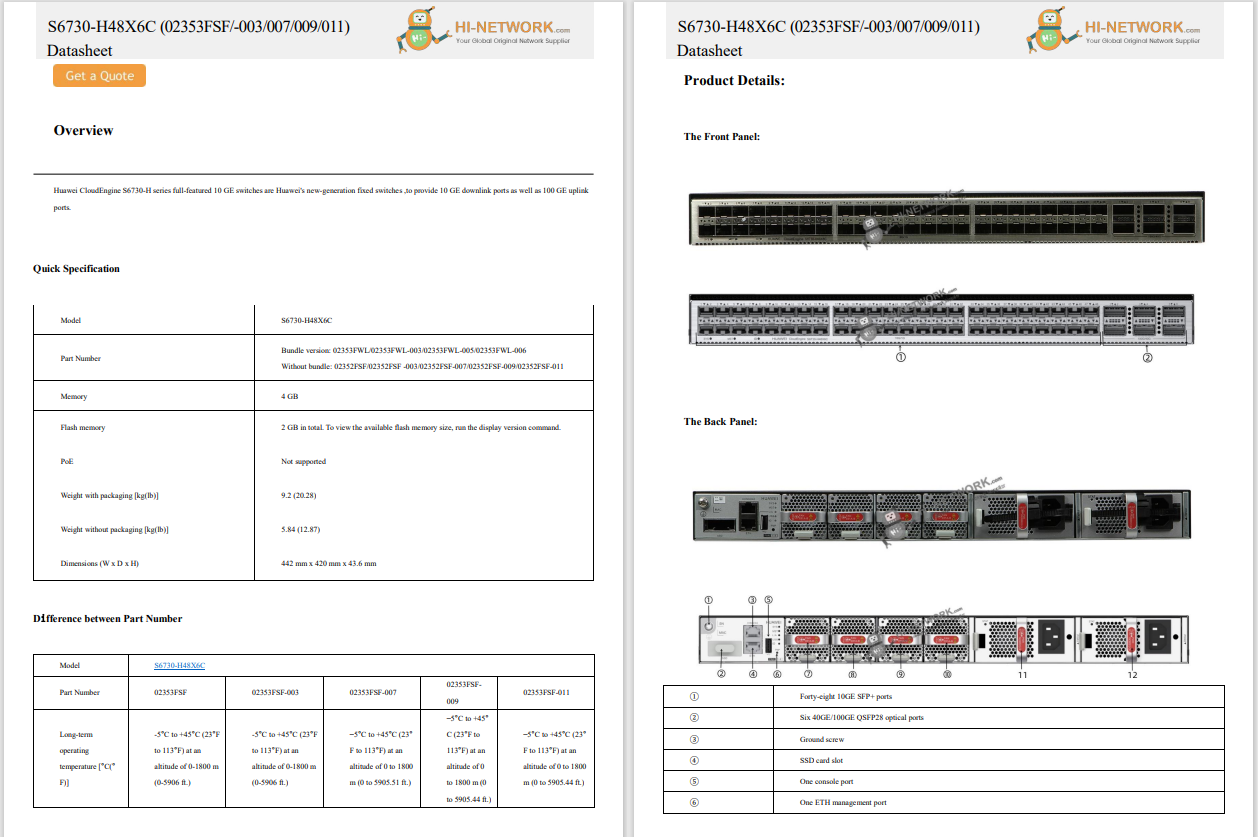
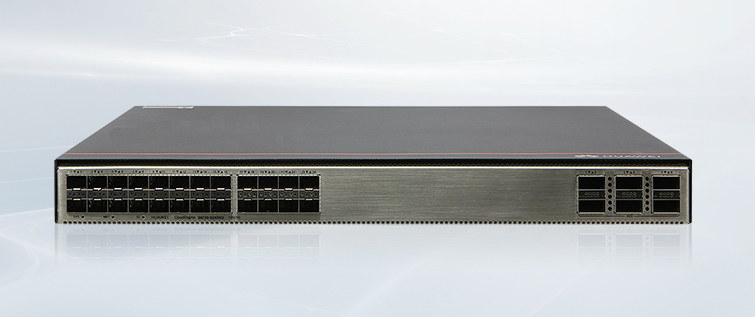


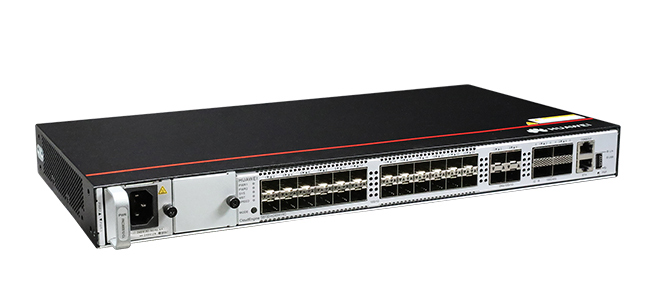
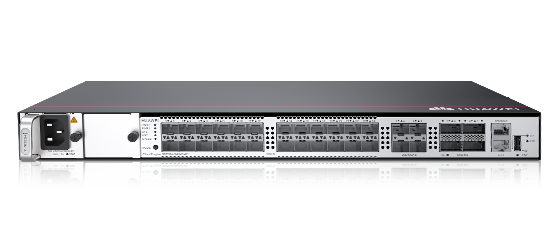
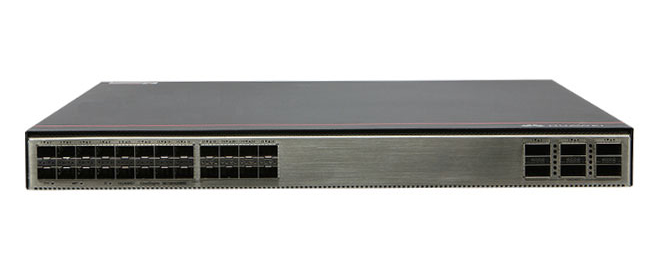


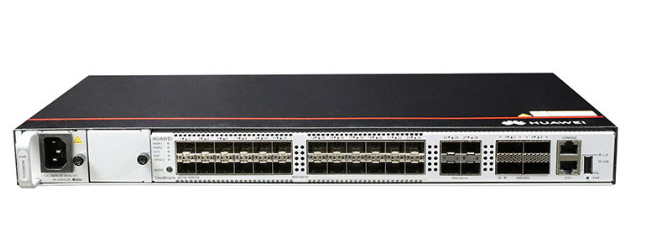

There's one immutable law of PCs: sh*t happens. And when it does, there's usually a way to fix things, if you had the foresight to create one essential recovery tool first.
Booting from a USB recovery drive allows you to perform basic troubleshooting repairs on any Windows system. And by adding Windows installation files to your bootable recovery drive, you can easily reinstall Windows and get back to work.
Also: How to upgrade your 'incompatible' Windows 10 PC to Windows 11 in 2025)
You can use Microsoft's Media Creation Tool to create a bootable USB flash drive with the latest Windows installation files. Go to the Download Windows 11 page, find the "Create Windows 11 Installation Media" section, click Download Now, and follow the prompts.
You can also use the free, open-source Rufus utility to create a bootable installation drive for Windows 11, as long as you already have an ISO file.
Also: Can your old PC handle the Windows 11 upgrade? How to find out - before you try
However, if you just want to use the tools built into Windows, I recommend a slightly different approach. Download the Windows 11 installer as a disk image file (in ISO format), use the built-in Windows Recovery Media Creator utility to create a bootable recovery drive, and copy the Windows installation files to that drive.
The entire process takes four steps.
Technically, this step is optional. You can create a recovery drive that does nothing but boot into the Windows Recovery Environment. However, that drive is much more useful when you add the Windows installation files.
An ISO file is a disk image. You can download the Windows 11 ISO file directly from Microsoft, free of charge. You don't have to provide any identification or sign-in. For Windows 11, go to https://aka.ms/downloadwindows11; for Windows 10, go to https://aka.ms/downloadwindows10.
Also: You can still upgrade old PCs to Windows 11, even if Microsoft says no: Readers prove it
Scroll down to the section, "Download Windows 11 Disk Image (ISO) for x64 devices". If the PC for which you're creating a recovery drive uses an Intel or AMD processor, select a download type (there should be only one option) and click Download Now; for a PC based on an Arm processor, click the link that leads to Windows 11 ISOs for Arm64 devices. Choose your language and then follow the prompts to download the ISO file to your computer. (Don't download it to the removable drive!)
After the download finishes, you can double-click the ISO file in WIndows 10 or Windows 11 to mount it as a virtual DVD drive in File Explorer.
Creating a basic recovery drive requires a USB drive that's at least 512MB. For a recovery drive that includes 64-bit Windows system files, you'll need a larger USB drive, at least 16GB in size; and if you're creating a drive using the system files included with your PC, you might need a 32GB drive. To transform that bare USB flash drive, you use the built-in Recovery Drive tool.
A word of caution: creating a recovery drive formats the drive and erases all content on it, so be sure to make backup copies of any important files on that drive before you begin the process.
In Windows 10 and Windows 11, the Recovery Drive tool has its own executable file, which you can open directly by using the following command:
%windir%\system32\RecoveryDrive.exe
An easier way to locate that file is to type recovery in the search box on the taskbar, and then click the Recovery Drive shortcut from the search results. That action opens a window like the one shown next:
With this check box selected, you can create a recovery drive to reinstall the original factory-supplied Windows image.
If your PC included a partition with recovery files for the installed OEM version of Windows 11, you can create a recovery drive with those files for reinstalling Windows; be sure to select the "Back up system files to the recovery drive" option on the first page.
Also: How to recover deleted files in Windows 10 or 11
This option is ideal if your PC is brand new and contains a current version of Windows; it's less useful for a two or three-year-old PC, where this option will result in your recovery drive containing an outdated version of Windows.
Follow the prompts to finish creating the recovery drive.
If you chose to include your OEM recovery files in the previous step, you can stop here. You're all done.
If you don't have an OEM recovery partition, this is the point where you add Windows installation files to the recovery drive:
When the file copying is complete, remove the USB flash drive, label it, and store it in a safe place where you can get to it quickly when required. You can use it on any PC to start the Windows Recovery Environment or to reinstall Windows.
Also: Your Windows 10 PC can't be upgraded? You have 5 options before support ends in 2025
Of course, that recovery drive installs a generic, retail edition of Windows without special drivers or custom software that the PC maker might have included with your original installation. To restore that version, you'll need to download a recovery image from the OEM. For instructions, see this article: "How to get a free Windows (or Linux) recovery image for your Dell, HP, Lenovo, or Microsoft Surface PC."
At this point, you can add your custom files to the recovery drive, such as installation files or product keys for third-party software you typically include with a new Windows installation. This is also a good place to save a copy of the BitLocker recovery key for your system drive.
It's a good idea to repeat this process once a year after Microsoft releases its annual feature update in the second half of the year.
 Hot Tags :
Tech
Hot Tags :
Tech